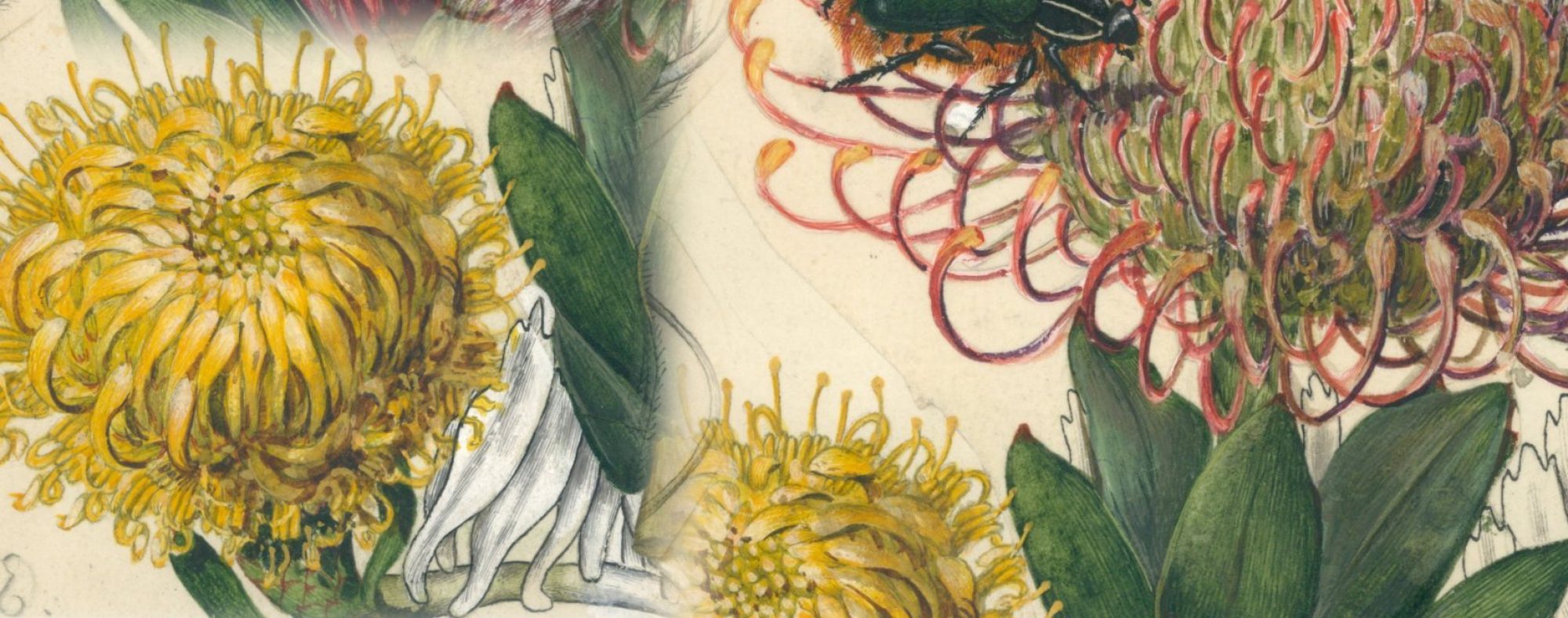This poster is part of the OR2020 Virtual Poster Session which takes place in the week of June 1-5. We encourage you to ask questions and engage in discussion on this poster by using the comments feature. Authors will respond to comments during this week.
Authors:
Philip Ndhlovu, Notice Pasipamire
Poster description:
There is a dearth of empirical evidence in Africa to support the assertion that IRs have made research output easily accessible, visible and citable as acknowledged by some scholars. The study assessed the extent to which archived content is cited by publications indexed in Scopus. Five IRs in Zimbabwean state universities were analysed. Scopus cited references search facility was used to mine for documents citing IR content from 2014 to 2018. Results from Scopus searches were exported into text files then transported to excel workbooks for filtering and analysis. The impact of an IR was analysed from two perspectives; cited and citing documents characteristics. Results show that on average 8.6 documents per year were cited for all IRs combined within the 5 year period selected for the study. The most cited document types were thesis and dissertations followed by research articles. The University of Zimbabwe IR was found to be the most influential, with 34 citers affiliated in 12 countries. A new measure of IR research impact based on Scopus was put forward.
(Page through the slides below and click on the full screen window)
About the presenter:
Phillip Ndhlovu is the Institutional Repository Librarian as well as the Liaison Librarian for the Faculty of Commerce at the National University of Science and Technology, Zimbabwe. He holds B.Sc (HONS) and M.Sc. degrees in Library and Information Science.


Really liked this project. Do you have a publication related to it that explains in detail how you identified the different categories of the materials? how you conducted the in depth citation analysis?
@ Maria Esteva – Yes, I will be happy to share with you the detailed methods of the study. My email is ndhlovup@gmail.com
Thanks, will do!